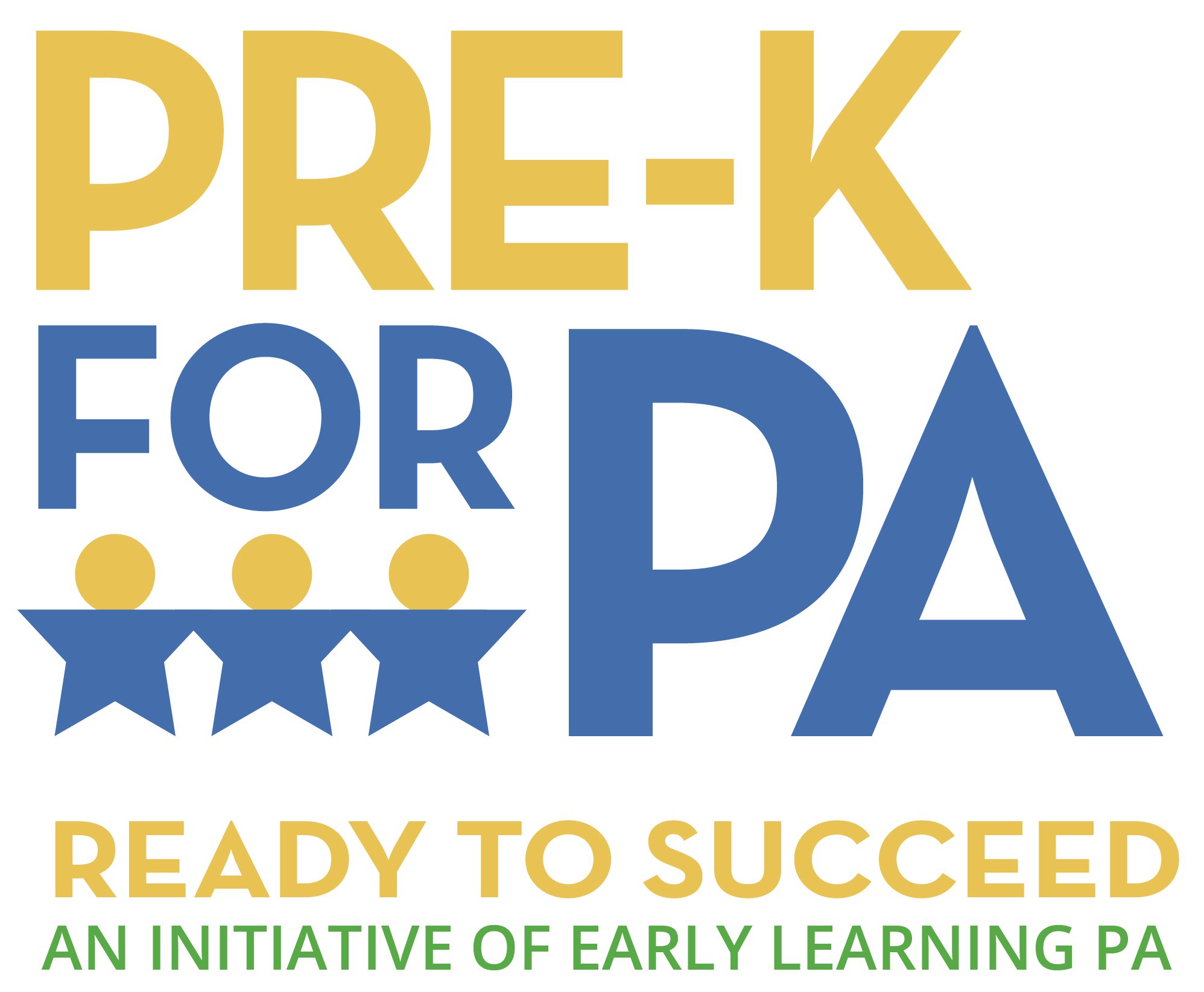Scranton Times: Editorial: Expand Pre-k for More Kids
By: Editorial Board 6/14/16
For politicians, early childhood education is a case of a narrow window and a far horizon. In Pennsylvania, state legislators are too focused on that horizon.
Abundant research on education and brain development shows that there is a relatively narrow window, between ages 3 and 5, in which to best establish a solid educational foundation in most kids — especially regarding language.
Yet in Pennsylvania, only one in six of Pennsylvania’s 300,000 3- and 4-year-olds are enrolled in pre-kindergarten programs.
According to the National Institute for Early Education Research, in 2015 Pennsylvania ranked 15th nationally in pre-K access for 3-year-olds, down from 11th in 2010, and 30th in access for 4-year-olds, down from 24th five years earlier.
Over the period, the state has fallen behind all of the other states in the region in making early education accessible. The institute said 26 percent of Pennsylvania 4-year-olds had access in 2015, compared with New York, 54 percent; New Jersey, 35 percent; Maryland, 42 percent, and West Virginia, 94 percent.
A big part of the problem is that far horizon. Politicians often are reluctant to dedicate state funds to early childhood education because the results are not instantaneous. Unlike a rebuilt highway or bridge, the results are not immediately marketable and, therefore, not politically marketable. Results of increasing pre-K access don’t show up until the kids’ academic performance is assessed much later in their school careers.
Those lawmakers should depend on existing research, though, showing that kids who have the benefit of high-quality pre-K programs are less likely to drop out of school and far more likely to graduate and attend college. They also have been shown to have fewer behavioral problems later in their school years, further improving their chances of success.
According to the early-education advocacy group Pre-K for PA, 176,000 of the 300,000 3- and 4-year-olds statewide live in families with incomes below 300 percent of the poverty line — gross income of $72,750 for a family of four. Of those children, 121,000 do not have access to publicly funded, high-quality pre-K programs. Of 4,775 children of that age group in Lackawanna County, 75 percent live in families earning less than 300 percent of the poverty line, and 1,775 don’t have access to pre-K programs. Elsewhere in the region: Luzerne County, 3,517; Wayne County, 163; Susquehanna County, 223; and Wyoming County, 341.
Read the full editorial here.





